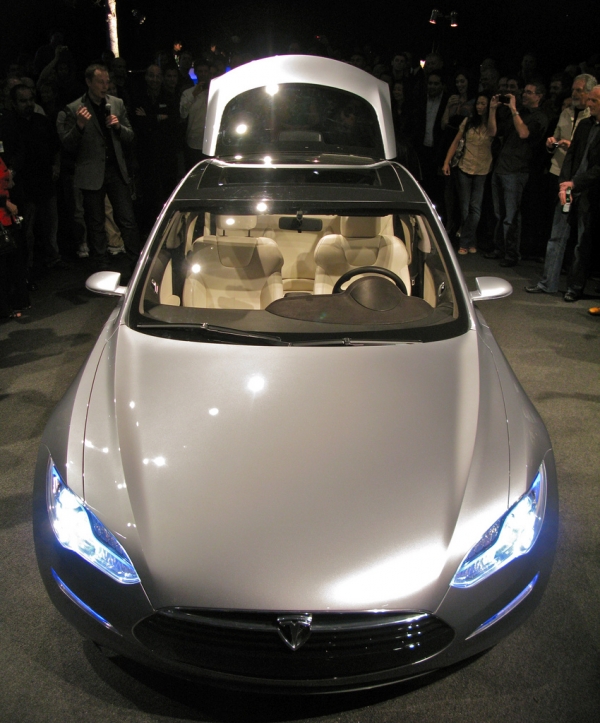How Can Hybrid Cars Change Green Architecture?
Video
alt="" OnCarsTechnology Inspiration: The Tesla Model S
My favourite architect, Le Corbusier, was inspired by modes of transportation in the 20's as he created the genius project Villa Savoy, a home located north of Paris. Le Corbusier used his knowledge of industrial technology, which he learned from the French engineer August Penret, to create what he believed was a type of Utopian architecture. The gist: technology was his inspiration.
Last year, a studio at Harvard University worked on developing Utopian architectural styles based on an innovative BMW car called GINA. Frank Barkow of Barkow Liebinger led the studio in such a way that the students studied first its technologies. The most remarkable aspect of the GINA is the fact that its exterior skin moves and changes to adapt to its environment.
 Tesla Model S
jurvetson
Tesla Model S
jurvetson
Now, the all electric Tesla Model S is not only gorgeous and twice as efficient as any other vehicle on the market; it too can be inspirational for green architectural design. Its engine functions off of fuel cell technology that is beginning to be incorporated into buildings. Case in point, the Hocking College Institute is powered in part by a PEM Fuel Cell, which is a technology taken from the automotive industry.
As green architectural leaders, we must learn about green technologies in other industries as well. One of the best things about working toward a sustainable environment is working together.

Stephanie Aurora Lewis
Stephanie, an NCARB registered architect and LEED AP, draws upon her studies in architectural history and theory from Sarah Lawrence College and her masterís degree in architecture from The Ohio State University. Providing copy for publications and performing marketing work for the construction industry, Stephanie works as an independent freelancer from Columbus, Ohio.
Website: greengaloredesigner.blogspot.com/
